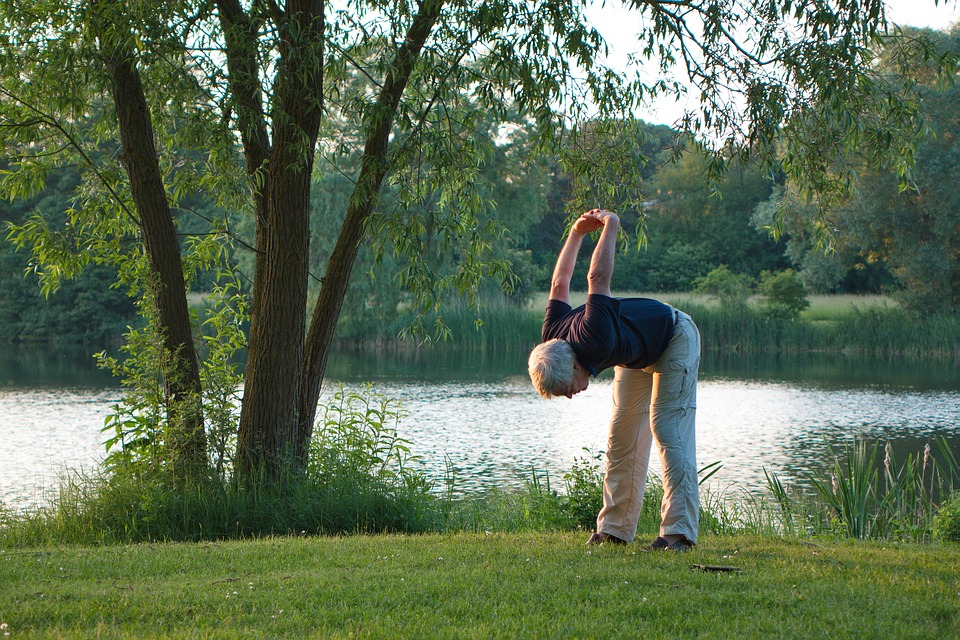Treating And Managing The Dislocation Of Joints
“The most common dislocations that occurs in the human body concerns the shoulders, elbows, fingers, hips, patella (kneecap) and ankles”
If the bone slips out of a joint, the condition is called dislocation. It disrupts the joint stability, which depends upon the bony architecture of the joint, apart from the ligaments and muscles which support the joint. Dislocation can damage the ligaments, nerves, joint surfaces (cartilage) as well as the bones that make up the joint.
Dislocation Causes
It may occur it the joint experiences an unexpected or an unbalanced impact. In younger people, dislocations usually happens as a result of a fall on an unprepared extremity/ trauma / muscle imbalances. It can also commonly occur due to practice of unsafe behaviour during physical activities, which puts one at a higher risk of dislocation. Older people are at a higher risk, because they are prone to falls. The most common dislocations that occurs in the human body concerns the shoulders, elbows, fingers, hips, patella (kneecap) and ankles.
Identifying Dislocations
Dislocated joints can be identified from the area that may look bruised red, swollen or discoloured. On examination by an orthopedician/ physiotherapist specialized in musculoskeletal disorders and sports injuries, it comes to the fore, that the joint lacks the normal range of motion available to it. There is pain during movement, a tingling feeling and numbness around the area. The shape of the joint may also look distorted.
Managing Dislocations
A physiotherapist always aims to differentiate a dislocation from a fracture and other associated injuries with the help of advanced imaging techniques such as CT Scan/MRI. Once it is confirmed, the primary mode of management starts, which includes closed reduction in case of simple dislocations or open surgical management, if there is an injury to the nerves/ blood vessels or damage to the articular surfaces of bones involved in the joint.
The healing time differs, depending upon the complexity of the dislocation and the duration of the immobilization period gives the joint, time to heal, repair and prepare for movement.
Rehabilitation For Restoration Of The Joint
Rehabilitation is important for restoring the joint, with its range of motion, regaining the strength in the muscles related to it and returning the joint to its pre-injury position. Physiotherapy management can be divided into the immediate phase and later phase. The initial and immediate management includes suggesting rest to the dislocated joint, with the help of splints! cast and imparting active movements to the unaffected joint.
After the initial period of immobilization, rehabilitation starts with the removal of the splint at the dislocated joint with the aim of restoring range of motion of the joint, succeeded by muscle strength training. Range of motion (ROM) exercises include assisted ROM exercises to the joints which can be done with the help of a pulley, wand, skate board, suspension therapy and Codman’s exercises for the dislocations of the upper extremity.
For the lower extremity dislocations, slide board and continuous passive movement (CPM) can be helpful. Active ROM exercises are started once the pain subsides and strength begins to settle in the muscles responsible for movement at the joint.
The Role Of Strengthening Exercises
Strengthening exercises improves the co-ordination of the motor units that innervate the muscles, as well as improves the balance between the muscle groups acting at a given joint. Strengthening exercises are of various types like basic strengthening exercise and high performance strengthening exercises.
Basic strengthening exercises can be started in the initial rehabilitation phase and include isometric, isotonic and isokinetic exercises. High performance strengthening exercises are started at a later stage of rehabilitation which includes closed chain, open chain and plyometric exercises.
Once the range of motion and strength is attained, the concentration of the rehabilitation program is directed towards the functional or task specific exercises which improve the neuromuscular co-ordination, agility and strength
Examples of this type of exercise includes stair climbing after a hip dislocation for lower extremity and ball squeezing, turning door knob, or reaching the arm at the higher height in an ulnar dislocation at the wrist, radial head dislocation at elbow or a glenohumeral joint dislocation respectively. Elastic training and aqua therapy for upper and lower extremities are used for best results.
Furthermore, the muscles which are indirectly responsible for the stabilization of the joint are also strengthened. For instance, in the upper extremity, it is the scapular stabilizers which form an effective base for the optimal function of the arm. For the lower extremity, it’s the core muscles which form an important base for the optimization of lower extremity functioning, especially in sports persons. The physical demands for the sports population are more, when compared to normal people due to the sports specific targets which the body must comply to.
Health Tip
Constant verbal clues by the physiotherapist can enhance outcomes and visual cues in the form of a mirror can also be helpful for the patient, as it acts like positive visual feedback.
